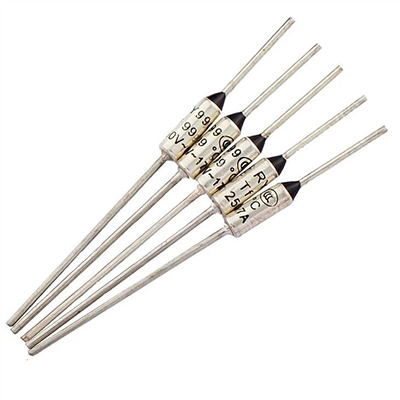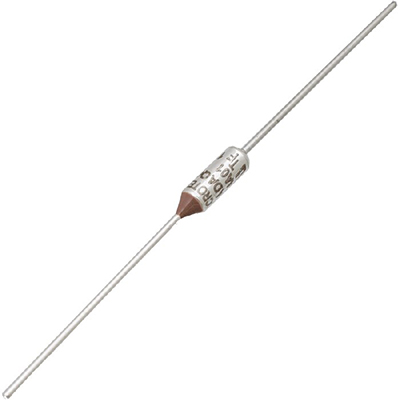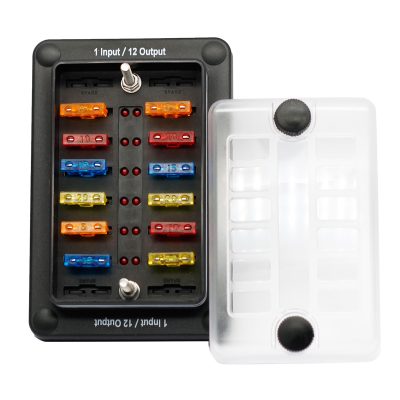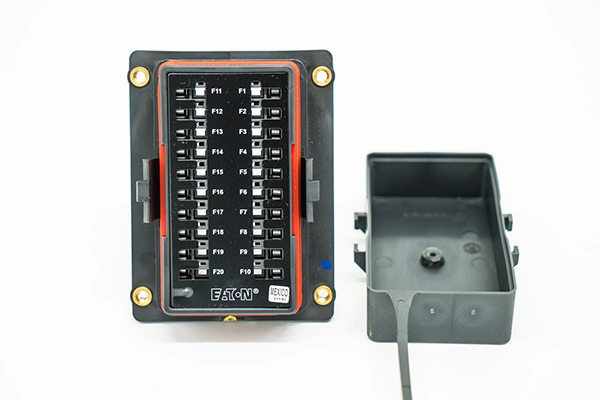In-Depth Examination of Compliance Standards for Automotive Current Fuses in the Industry
News 2025-10-24
Automotive current fuses are essential safety devices in vehicles, protecting electrical systems from overloads and short circuits by interrupting excessive current flow. As the automotive sector advances with electrification and complex electronics, compliance with industry standards ensures reliability and prevents failures that could lead to accidents or costly repairs. These fuses must adhere to rigorous regulations to meet the demands of modern automotive applications, emphasizing their role in enhancing overall vehicle safety and performance.

Key Application Scenarios
In automotive environments, current fuses are critical in various systems. For instance, they safeguard engine control units and powertrain components against voltage spikes during operation. In electric and hybrid vehicles, fuses protect high-voltage battery packs and charging circuits, preventing thermal runaway and ensuring safe energy management. Additionally, they are vital in safety systems like ABS and airbags, where reliable fault isolation maintains functionality and protects occupants during critical situations.
Performance Advantages
Compliant automotive current fuses deliver key performance benefits that enhance vehicle efficiency. They feature rapid response times to isolate faults quickly, reducing potential damage to sensitive electronics. Constructed with durable materials, these fuses resist high temperatures, vibrations, and corrosion, ensuring long-term reliability in harsh conditions. Their precise current ratings also minimize energy loss, supporting better fuel efficiency and extending the lifespan of automotive electrical systems.
Compliance with Industry Standards
Adherence to standards such as AEC-Q200 and UL 248 is fundamental for automotive current fuses, involving tests for thermal endurance, mechanical stress, and electrical performance. These regulations ensure fuses can handle specific automotive demands, like high current capacities and fast-acting mechanisms. By meeting global standards, manufacturers guarantee product safety and interoperability, facilitating integration into diverse vehicle platforms and reducing risks associated with non-compliant components.
Frequently Asked Questions
1、What is the primary function of an automotive current fuse?
It protects vehicle circuits by breaking the connection when current exceeds safe levels, preventing damage from overloads or short circuits.
2、Why should automotive fuses be industry-compliant?
Compliance ensures they meet safety and performance criteria, reducing failure risks and helping vehicles adhere to legal regulations.
3、How do performance advantages of compliant fuses benefit users?
They offer faster fault detection, greater durability, and energy efficiency, leading to lower maintenance costs and improved vehicle reliability.


